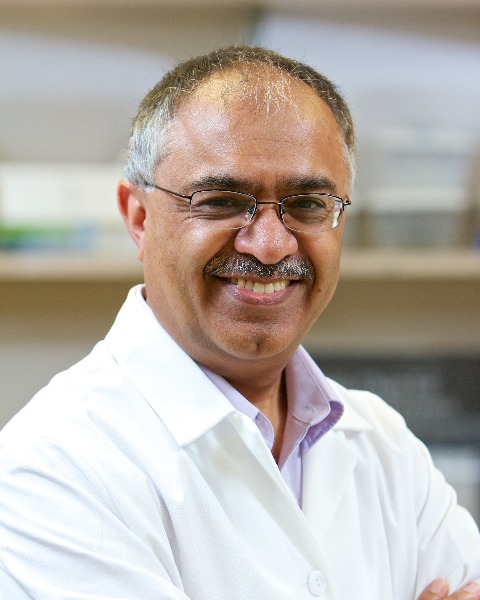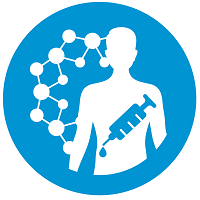Preclinical, Clinical, and Translational Sciences
Symposium: New Frontiers of Drug Development Through the Use of Non-Animal Models and Imaging
Pursuing the Holy Grail of Predicting Human Tissue Drug Concentrations
Monday, November 10, 2025
10:30 AM - 11:00 AM CT
Location: 225 AB

Jashvant D. Unadkat, PhD (he/him/his)
Professor
University of Washington
Seattle, Washington
Speaker(s)
While PK of drugs in the systemic circulation is readily measurable in humans, it is impossible to routinely determine the time course and concentrations of drugs at the site of efficacy and toxicity (e.g. the brain, liver). This inability to ensure adequate and safe concentrations in the tissue, especially in the presence of transporters at the tissue:blood barrier, is likely one reason why drugs fail during development. Such failure can result in loss of billions of dollars. We have developed in vitro (proteomics) and in silico tools (PBPK modeling) to predict drug tissue concentraitons (including in the presence of transporters) in humans that could reduce such failures. We have verified the success of our approach through human PET imaging studies where drug concentrations in the tissues can be noninvasively measured in humans.
Learning Objectives:
- Upon completion, the participant will know what relative expression factor approach is and how its derived using quantitative targeted proteomics
- Upon completion the participant will know how to translate in vitro studies to in vivo using the REF approach
- Upon completion the participant will understand how RFEFPBPK modeling approach successfully predicted the tissue concentrations of many drugs especially when transporters are present (e.g.brain and the liver)

